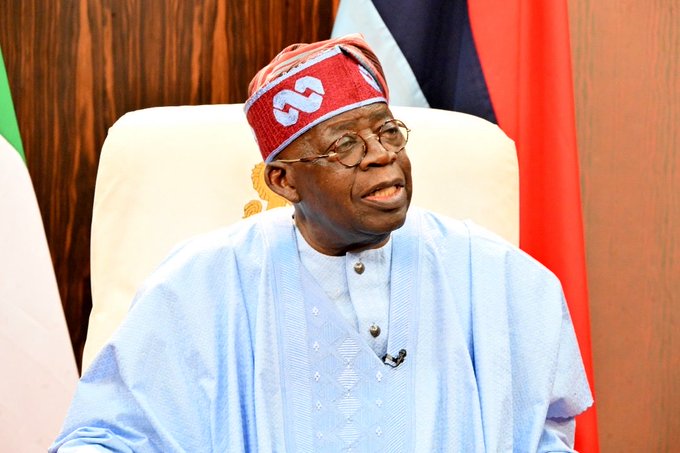
Four years ago, Lagos was the epicentre of the largest anti-government demonstrations in Nigeria’s modern history when youths protested against police brutality.
But economic hardship protests last month failed to take hold on a large scale in the country’s commercial capital or elsewhere in Africa’s most populous nation.
Analysts say limited turnout in the megacity was a key factor preventing the rallies from gathering nationwide momentum.
AFP looks at what held the protests back in Lagos as President Bola Ahmed Tinubu pushes ahead with his economic reforms.
His removal of a fuel subsidy and liberalisation of the naira currency have been praised as positive long-term measures. But in the short term they helped push up the cost of living.
– Why less turnout in the south? –
The #EndbadGovernanceinNigeria movement won support with an online campaign and thousands of people began taking to the streets across the country from August 1 in protest over government policies.
Amnesty International said security forces killed at least 21 demonstrators in a crackdown, while police said seven people died and denied responsibility.
Organisers hoped for a big turnout in Lagos but the protests petered out, with several hundred people taking part at their peak.
The rallies were much bigger in the north, which has been hit hardest by Nigeria’s worst economic crisis in a generation.
Confidence MacHarry, a senior analyst at the SBM risk consultancy, told AFP the turnout was low in Lagos partly because the economic impact had been less acute.
“In terms of economic indicators, you will find Lagos coming out better than most states,” he said. “The cost of living is higher but the wages are higher.”
MacHarry said any future protests were also likely to fragment along regional divides in Nigeria, where the south is predominantly Christian Yoruba and Igbo and the north mostly Muslim Hausa.
“The current trend will continue to play out where protests take an ethnic line,” he said.
– How did officials react? –

Demonstrators in Lagos were also deterred by a barrage of warnings from the authorities.
Lagos state governor Babajide Sanwo-Olu said in an address that protest was not the “catalyst for progress we need now” and cautioned it could undo any gains made.
The authorities also warned against the protests mirroring recent unrest in Kenya, where demonstrations against a tax bill turned violent.
Sanwo-Olu warned that the state “will not allow” a repeat of the unrest during Nigeria’s October 2020 #EndSARS protests.
The #EndSARS movement began in response to abuses by the police SARS special anti-robbery squad but swelled into huge anti-government protests.
Amnesty said security forces in Lagos opened fire on #EndSARS demonstrators and killed at least 12 people at the Lekki toll gate.
The military denied responsibility, claiming troops used blank rounds to disperse people breaking a curfew.
The crackdown on those protests cast a long shadow over the recent rallies in Lagos.
Residents told AFP they were reluctant to take to the streets because they were worried about violence.
State governors and local leaders in the south also joined in efforts to defuse the protest movement.
“Political and society leaders appear to have been more effective in reducing turnout in the south than in the north,” said Afolabi Adekaiyaoja, an analyst at the Centre for Democracy and Development West Africa think tank.
“There is still fatigue and trauma from the response to the 2020 EndSARS protests.”
– What about the use of force? –
Critics say the authorities did more than just issue warnings to dissuade people from joining demonstrations in Lagos.
Hassan Taiwo, one of the protest organisers, accused state police of making at least 16 arrests and using excessive force to quell rallies.
AFP reporters saw security forces firing tear gas and also live rounds in the air to disperse protesters.
“Attempts by protesters to gather at Lekki toll gate and Badagry were violently dispersed by heavily armed police,” he said.
Lagos police denied those accusations and said no protesters had been arrested. A spokesman told AFP “some troublemakers” were detained and released the same day, without providing details.
Taiwo said the low turnout in Lagos was “a product of the government suppression of the right to freedom of assembly”.
He said the authorities had effectively limited numbers using a court order to restrict where demonstrators could gather.
“Those who are hungry and too poor to feed have to first afford the cost of transportation to travel to the designated sites to express their anger at the high cost of living,” he said.





